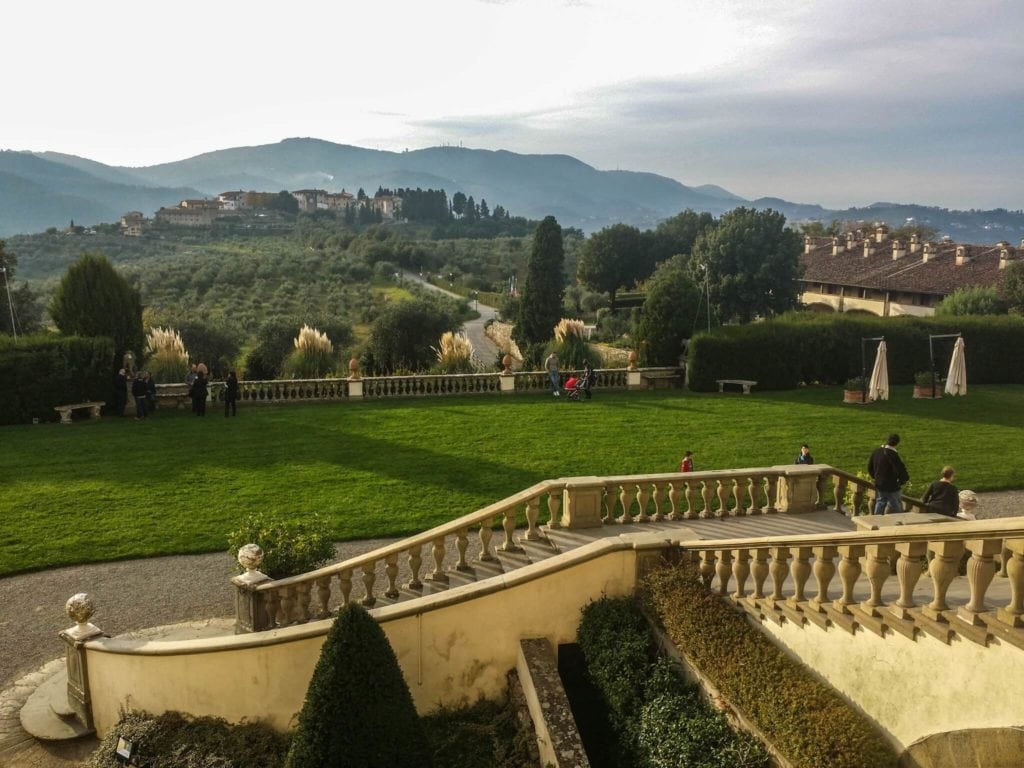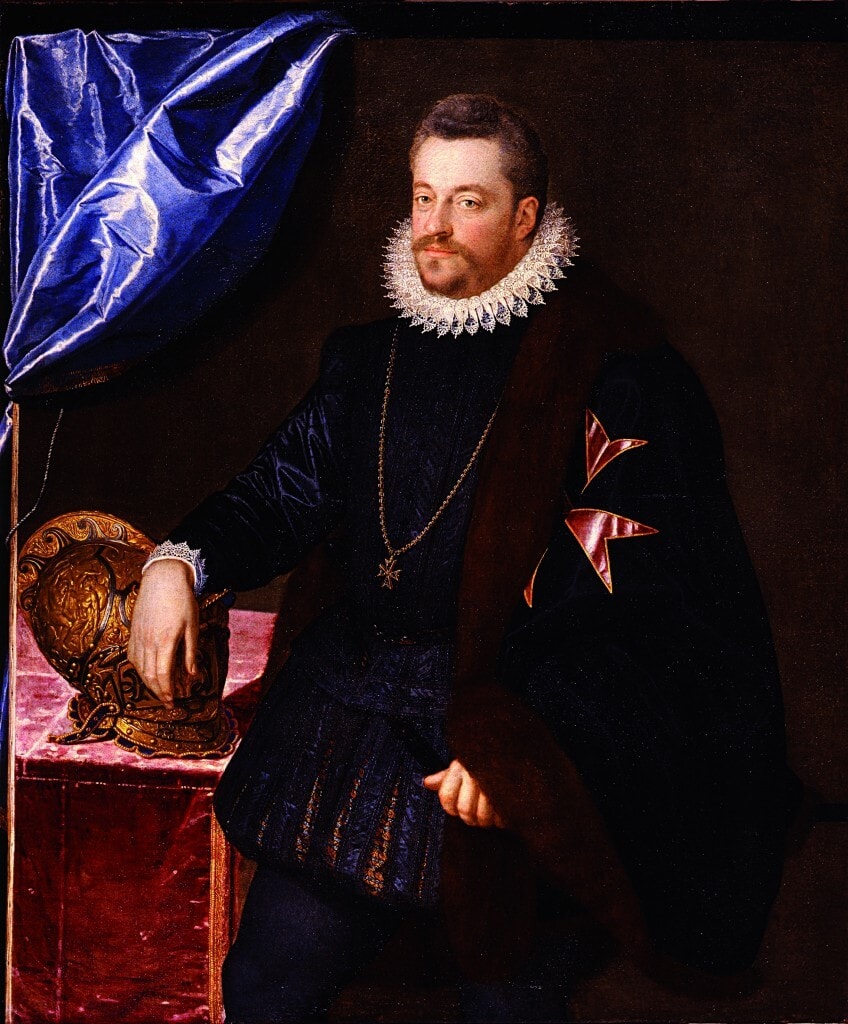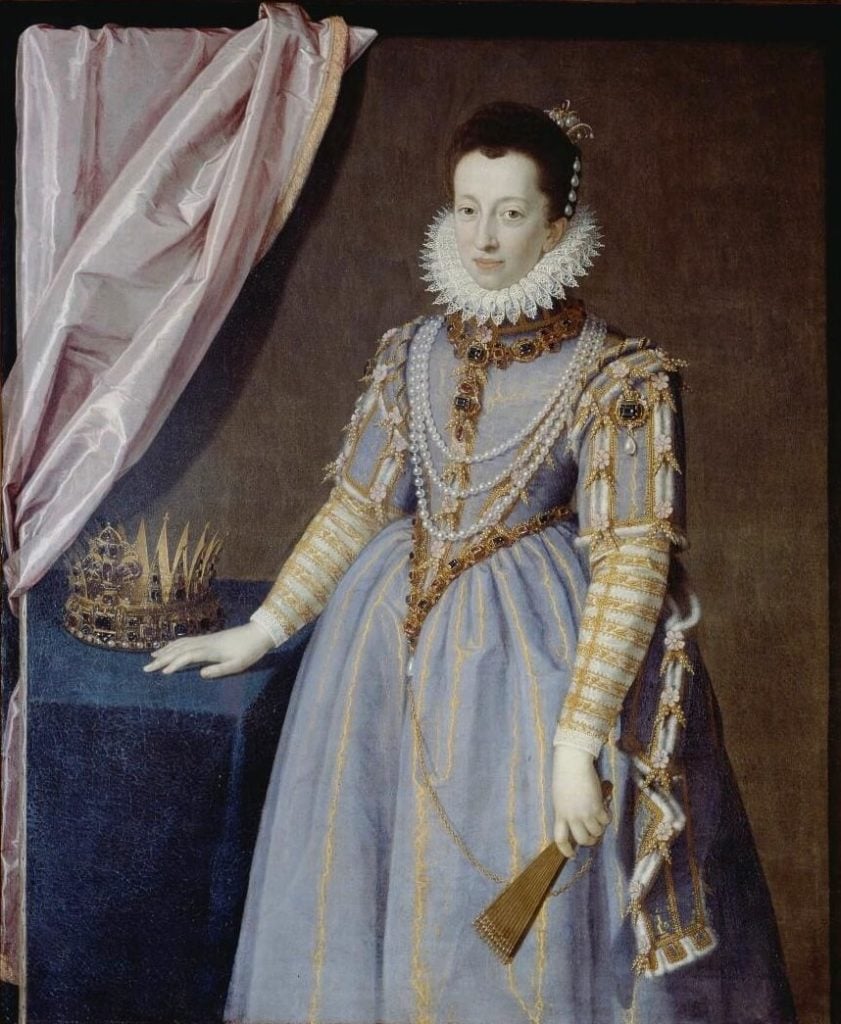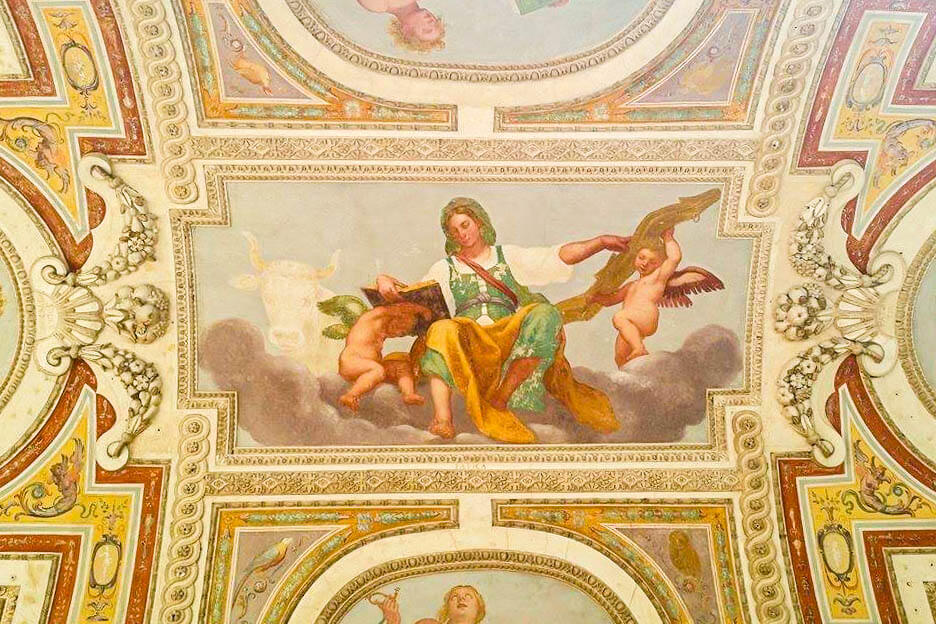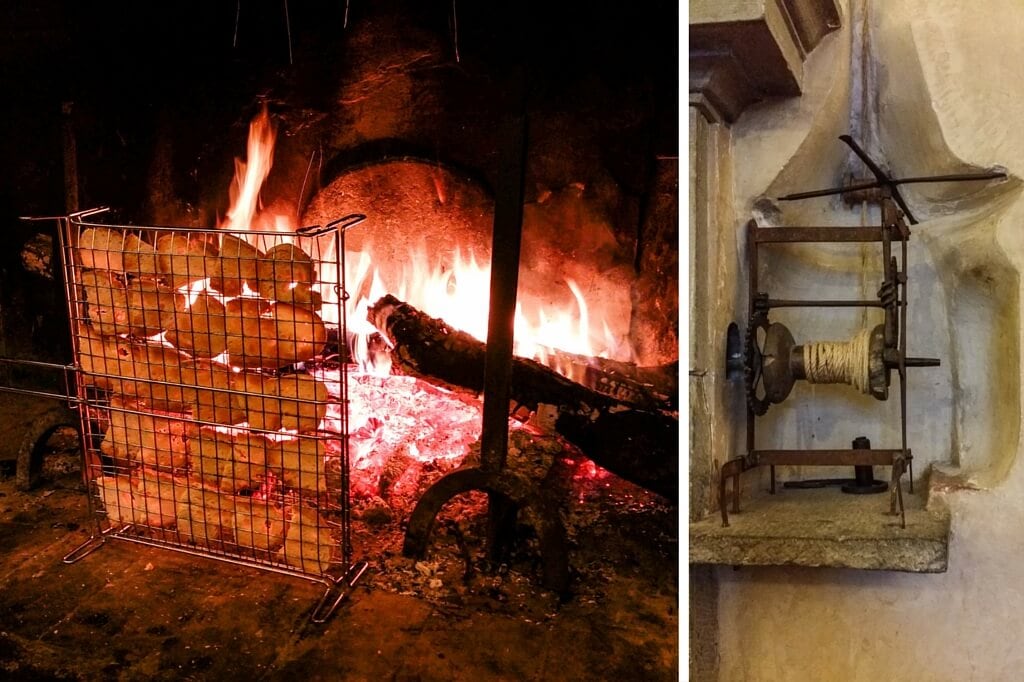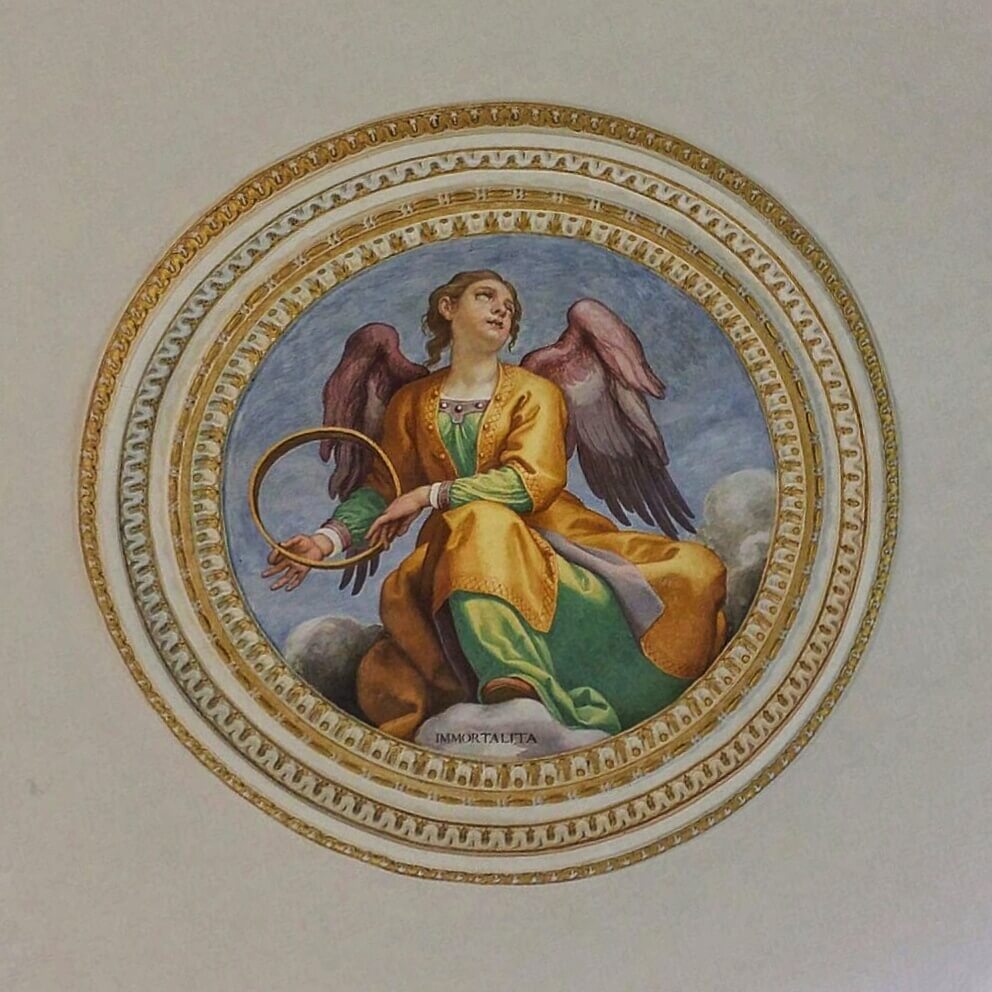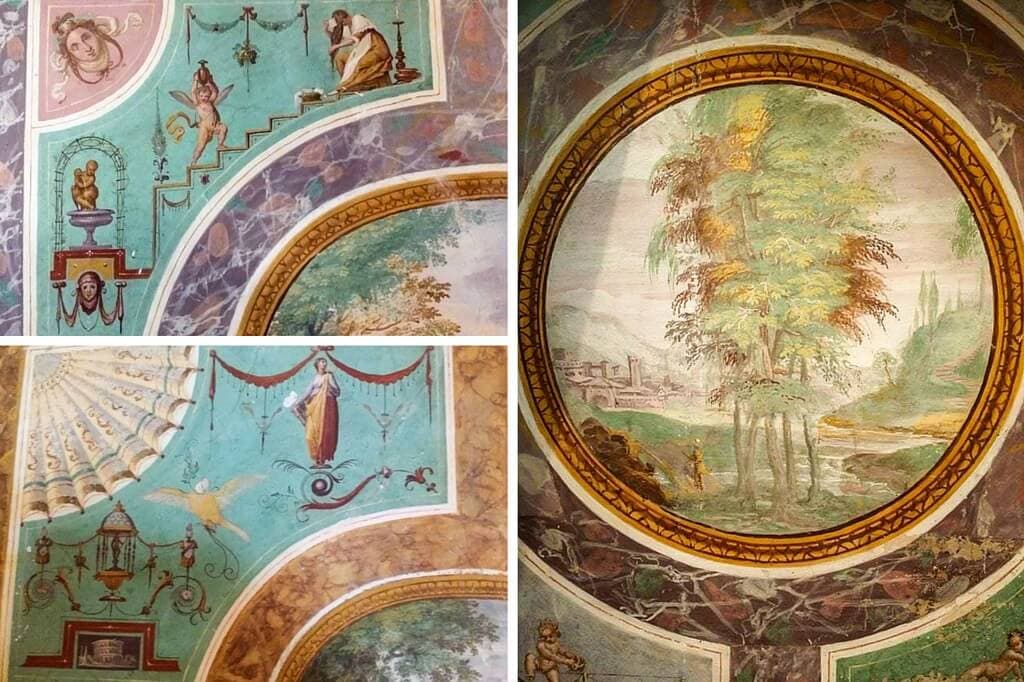A couple of weeks ago, at Villa Artimino, something interesting took place! A spectacular event was held to celebrate the Rugiolino, a wine blend made with Sangiovese, Canaiolo and Gamay grapes. Once arrived in Villa Artimino to attend the wine tasting and the visit of one of the most beautiful Villa of Medici Family, I have been really amazed by the surroundings. The villa is located on top of a hill right next to the little medieval hamlet of Artimino just few miles away from Florence. It is surrounded by a vibrant nature and dominates the neighboring valley.
The History of Villa Artimino
Since 2013 Villa Artimino, together with the other Medici Villas scattered all around Tuscany, has been listed in the UNESCO World Heritage sites.
Villa Artimino has been built by Bernardo Buontalenti to satisfy the will of the Grand Duke Ferdinando I° De Medici. This was supposed to be just a residence for hunting season. It has all the typical characteristics of a Medici’s villa, such as the family seal (the coin to confirm their wealth and ownership of the most powerful bank at that specific time) and the bastions at any corner overlooking the cities they were controlling in the surroundings.
The Villa has more than one name. It is well known as Villa Artimino because of the name of the village, Villa La Ferdinanda because of the name of its first owner, and Villa of the hundred fireplaces because of the many chimneys you can see on top of the roof, each of them made in a different style.
Villa Artimino has a white color. At that time it was pretty hard finding this colour, so the architect in charge had his troubles to satisfy the Medici request. The villa was settled upon an ancient Etruscan necropolis (cemetery). The plot was selected because was considered a perfect place to host the building thanks to its strategic position on the top of a hill and to be in the deep heart of Tuscany.
The visit at Villa Artimino
The internal of the villa is decorated with magnificent frescoes, as you can see from the ceiling of the terrace of the second entry, after climbing the curved stairs. The ceiling is divided in two different portions. Each one is dedicated to Ferdinando and Christina of Lorraine, one of the couple between Medici and Lorraine families, and highlights the virtuosity of them.
Ceiling with frescoes in Villa Artimino
Entering inside Villa Artimino, you can notice the internal courtyard that once was used for the Landsknechts, soldiers that were rent to protect the Medici Family, and where was settled the weapons box. Nowadays, you can admire the coach that the Countess Carolina Maraini used to move around and to reach the village to manage urgencies occurred to the people as reach the nearest hospital, for example. The noble woman was really loved by the village people for her gentle heart.
On the left and right side of the courtyard, now you can find a canteen, but originally it was the bedroom of the guards. It’s here that I tasted a really delicious wine with some roasted chestnuts, a simple bruschetta, that here we call “Fettunta”, greased with EVOO (extra virgin olive oil) and a local version of Sgabei. In the kitchen used for the preparation of fettunta, I cannot not mention the huge fireplace, still functioning as the many others in the Villa, and the surprising roaster (which can stick a wild boar at least), built by an anonymous and designed by Leonardo Da Vinci no less!
Once you go upstairs you reach the hall that lead you to a private chapel, nowadays still available for wedding. Going on with the visit you reach the main saloon, which hosts some beautiful frescoes. One of those represents the “Immortality”, the only thing that Ferdinando, representing the Land Lord of that times, was craving being such an important personality in Tuscany during the Renaissance.
The Immortality fresco
On the left side of the main saloon, we have visited a boudoir that was used exclusively to brush Cristina of Lorena’s hairs. This room has beautiful frescoes representing different toilette scenes. On the opposite side it’s possible to visit the Ferdinando De Medici’s bedroom. Nowadays it is emptied of the original furniture, but thanks to God, the original sink is still there and its shell shape will astonish you.
The other Medici Villas UNESCO World Heritage Sites
I completed the interesting visit of Villa Artimino in another big room ,in front of the main saloon, hosting fourteen lunettes with paintings of the other Medici Villas, that from 2013 have been listed in the UNESCO World Heritage sites:
- Villa di Cafaggiolo, in Barberino di Mugello.
- Villa del Trebbio, in San Piero a Sieve.
- Villa di Careggi, in Florence.
- Villa di Collesalvetti, in Collesalvetti.
- Villa di Poggio a Caiano, in Poggio a Caiano.
- Villa di Castello, in Florence.
- Villa La Petraia, in Florence.
- Palazzo Pitti and Boboli Gardens, in Florence.
- Villa di Cerreto Guidi, in Cerreto Guidi.
- Palazzo di Seravezza, in Seravezza.
- Villa di Marignolle in Florence.
- Villa di Poggio Imperiale, in Florence.
- Giardino di Pratolino, in Vaglia.
- Villa di Lappeggi, in Bagno a Ripoli.
- Villa L’Ambrogiana, in Montelupo Fiorentino.
- Villa La Màgia, in Quarrata.
- Villa di Montevettolini, in Monsummano Terme.
Other amazing Medici villas that have not any dedicated lunette are:
- Villa di Fiesole, in Fiesole.
- Villa La Quiete, in Florence.
- Villa di Mezzomonte, in Impruneta.
- Villa di Agnano, in San Giuliano Terme.
- Villa di Spedaletto, in Lajatico.
- Villa di Camugliano, in Ponsacco.
- Fattoria medicea di Stabbia, in Cerreto Guidi.
- Villa La Topaia, in Florence.
- Villa di Arena Metato, in San Giuliano Terme.
- Villa di Lilliano, in Bagno a Ripoli.
- Villa di Coltano, in Pisa.
- Villa di Buti, in Buti.
After this visit at Villa Artimino, I am sure that I’m going to visit soon the other Medici Villas. Stay tuned to discover with me those amazing residences of the Renaissance in Tuscany.

